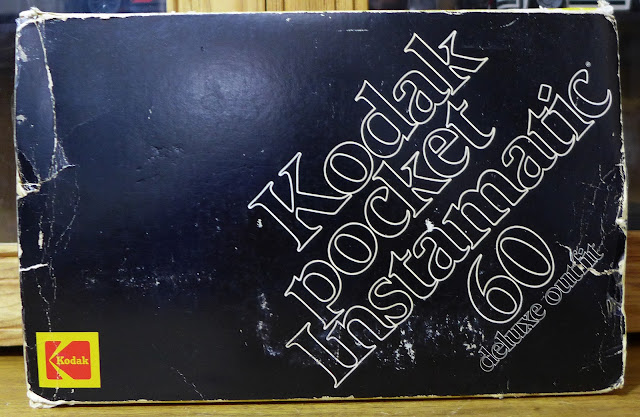Gentle reader,
I was surprised to see such a large number of you are looking at my blog today! The charts do not indicate which particular post you are reading, but it's quite a spike. Thank you.
Since I last wrote on the 9th, I have passed my 59th birthday and find it odd to now be in my 60th year. When did that happen? As they say, you're only as old as you feel, and I don't feel anywhere near that old!
Anyway, let us continue with what I hope has sparked the sudden increase in interest, my former speakers. Starting with closer views of some of the Paradigm speakers. I think their semi-transparent woofer cones are a nice touch. You can see, and I now remember why I cut the old tweeters out of their faces, the replacements needed those faces for support.
Next, some more Paradigms, these I found in their original boxes:
They are older and not as high quality as the newer ones above. Note the cardboard tubes and spring terminals.
Next, a closer look at the Philips speakers that have ribbon tweeters.
Quite pretty, aren't they? Note the matching wood grain above. Built without a grille cloth and frame.
They have the nice reflex tubes and three-way binding/banana posts that I prefer. I never researched them to see if they were part of a small system. Philips is of course known for their audio inventions (along with SONY in some cases), CDs, SACDs, such like that.
Next, some old Pioneers that you saw in a group shot earlier:
They have foam grilles rather than frames with cloth. This was popular some decades ago. I had to carefully attempt to pop out the silver dust caps on the midranges. Why kids are wont to push them in mystifies me.
Rubber surrounds rather than the cheaper foam. Front reflex port.
As you can see below, they are CS-R500 models. I do not like those wire terminals.
Now, some much newer and smaller Pioneer speakers:
Very clean presentation.
Not quite easy to see, but they are S-HF21-LR models. I often see manufacturers place rear-firing reflex ports in line with the back of the tweeter. Many do it. Why?
Next a single Pioneer, circa 1970's that I bought to try mono. Later on was able to pass it on to another audio fan. I've encountered a number of this type: walnut veneer, lattice wooden frame over the grille cloth. In most cases, they are held on with small phillips-head screws, on in each corner. Sometimes, someone not able to see that, has pried off the grille and broken it. Savages!
As you can see, I made no attempt to restore the wooden veneer. Didn't bother me or the new owner. I can't quite make out the model number.
Next, and last for this posting, Polk speakers. I've had a few and the front and center speakers of the surround sound system are late model Polks.
Note, the bottom drivers are in fact "passive radiators". What they are is woofers with no magnet or voice coil. They radiate forward when the woofers move rearward. Acting like a reflex port but with no air/music leaving the inside of the cabinets.
At first, I thought the "5A" on the label referred to the fuses amperage, but it is the model name.
As you can see, they have their own fuse that is easy to access! Also, the three-way binding/banana posts at the correct 3/4" spacing.
The Polk models above and below, were/are what I was using. I had a third of the taller/darker/older ones standing vertically as the center speaker. All these photos were used in an earlier post.
I found a late model Polk Center channel speaker, liked it so much, I bought the matching front speakers and still enjoy them to this day.
Turns out the old Polk in the center, had a frozen woofer. When that occurred, I do not know!
As you can see above and below, the newer speakers are set up to be bi-amplified and are obviously much higher quality than the older models. By the way, mounting a speaker, flat on the wall as they are set up to be is a BAD idea audibly!
Below is how the front of the listening room looked back then. Note the Axiom speakers I once enjoyed.
Thanks for looking!
Scott





































No comments:
Post a Comment